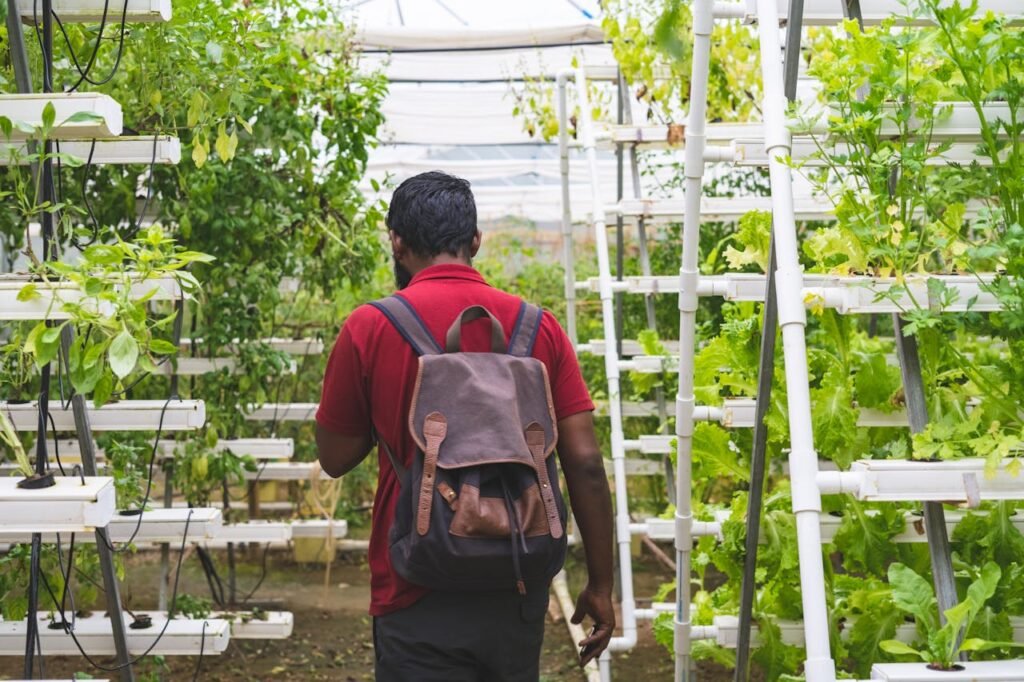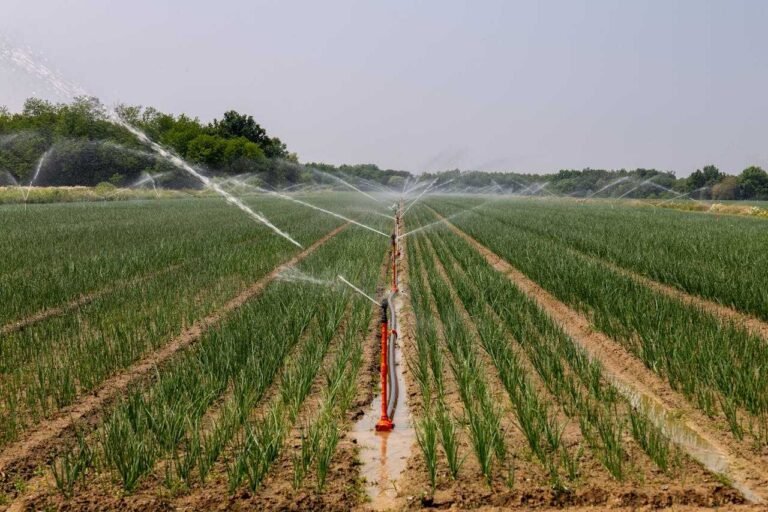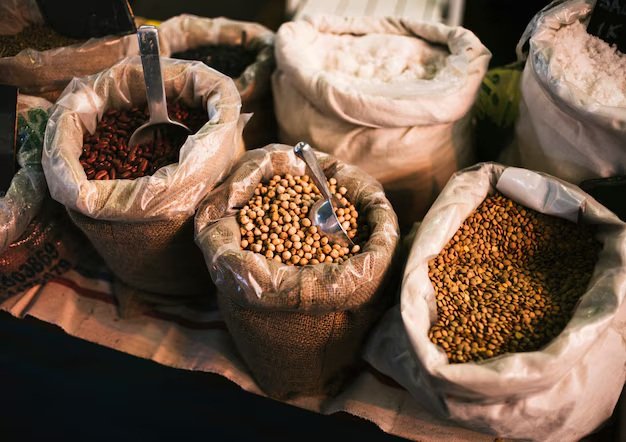The Hidden Climate Cost of Vertical-Farm Closures and What Investors Don’t Ask
Not long ago, investors called vertical farming the future of fresh food in cities: controlled warehouses stacked with leafy greens, safe from droughts and truck delays. The headlines promised year-round local food grown inside cities, with tiny water footprints and huge yields. That promise attracted huge sums of money and high-profile backers — until several big operations stopped, filed for bankruptcy, or sharply shrank.
According to TechCrunch, Plenty — a once-highly valued indoor farm backed by major tech investors — filed for Chapter 11 in March 2025. Bowery, another early poster child, ceased operations in late 2024 after rapid expansion and a crop health crisis. According to Agriculture Dive, 2024, Bowery laid off hundreds of staff and closed multiple sites.
Those shutdowns left unfinished warehouses, unused racks, and expensive equipment gathering dust. For communities and climate planners, the question is not only who lost money or jobs, but what happened to the carbon and energy already spent building and running those farms — the “hidden climate cost” that rarely appears in investor decks. Investors tend to focus on per-unit yields, tech metrics, or retail contracts. They rarely ask, “If this business fails, what is the climate cost of writing off a building, racks, LEDs and HVAC systems that were designed for continuous 24/7 use?” The answer matters. When a farm is abandoned or repurposed, the embodied emissions of construction and the energy burned during trial runs don’t vanish — they become stranded emissions.
Reporting on these closures has been clear: several well-funded firms struggled to convert hype into sustained, profitable operations. According to PitchBook, Bowery’s collapse followed a damaging pathogen episode and financing problems.

What the Science Says About Energy, Emissions and Hotspots
The environmental case for vertical farms is not black-and-white. Peer-reviewed life-cycle assessments (LCAs) and energy-benchmarking studies show a complex picture: vertical farms often use far less land and water per kilogram of produce, but they require large amounts of electricity — mainly for LED lighting, heating/cooling, and ventilation — and those electricity demands are usually the biggest environmental hotspot. A study published in Frontiers in Sustainable Food Systems found that modular, small-scale vertical systems can produce lettuce and herbs with GHG impacts that are “comparable to or less than” conventionally sourced options, but results are very sensitive to how the analysis treats infrastructure and the carbon intensity of the electricity used. According to the study, GHGs for on-site cabinet production ranged across scenarios and depended strongly on the electricity source.
A benchmarking review focused on energy performance found that current specific energy consumption for lettuce in many commercial vertical setups commonly falls in the 10–18 kWh per kilogram range (with some studies reporting lower or higher values depending on design and assumptions). According to a 2024 study, energy efficiency remains the single most important and variable factor in environmental performance.
Put simply, if a vertical farm runs on clean, low-carbon electricity and the operator optimises lighting, spacing, and building systems, its climate footprint can shrink. However, if a farm relies on grid electricity with high fossil-fuel intensity or wastes energy due to poor design or intermittent operation, its per-kilogram emissions can exceed those of field-grown or greenhouse produce once the electricity, steel, racks, and building materials that support production are included.
A series of life cycle assessments (LCAs) conducted in 2023–2024 consistently showed that electricity, packaging, and infrastructure are the main hotspots to monitor. According to these LCAs, those were the primary contributors to higher environmental impacts in several case studies.
Table — quick comparative snapshot (ranges from published LCAs and energy reviews)
| Metric | Typical range reported |
|---|---|
| Electricity for lettuce | ~4–20 kWh/kg (common case 10–18 kWh/kg) |
| GHG hotspots | Electricity + infrastructure + packaging |
| Yield per m² (vertical vs field) | Up to 10–20× higher yields per area for some leafy greens |
| Embodied carbon of buildings | ~200–600 kg CO₂e per m² (varies by type, region) |
Those numbers show the trade-offs. Greater yield per square metre reduces land demand, but high energy use and heavy infrastructure embed emissions up front. If a venture closes early, the embodied carbon in the building and components becomes effectively “stranded” — an emissions cost with no long-term food benefit. Research into embodied carbon across buildings finds hundreds of kilograms of CO₂e per square metre are common for non-residential buildings, so scrapping an indoor farm prematurely can represent a significant one-off climate cost. A report by RMI in 2021 and building-sector reviews in 2022–2024 laid out how embodied emissions are a large, often-ignored piece of the construction and industrial puzzle.
Workers, Community Losses, and the Crop-Room Truth
When a farm closes, the human stories are immediate and stark: factory-style job losses, disrupted supplier relationships, and local disappointment. Agriculture Dive reported on Bowery’s layoffs and facility closures in 2024, noting hundreds of people lost jobs across Pennsylvania, Maryland and New York. According to the report, Bowery laid off 187 workers during its wind-down.
Beyond the formal press reports, former employees told researchers and journalists that plant disease, operational complexity, and rushed scaling helped topple some of these high-value startups. A former Bowery worker quoted by AgFunderNews bluntly summed up the industry’s vulnerability: “The top three things that kill commercial farms? Pathogens, pathogens, pathogens.”
Social posts and first-hand accounts on LinkedIn, Reddit, and in PitchBook investigations describe farmers working long days fighting unseen microbes, retrofitting sanitation systems at great cost, and watching entire crop cycles become unsellable even as fixed costs mounted. According to a 2024 report by PitchBook, multiple former employees said a Phytophthora outbreak devastated yields and contributed to Bowery’s decline.
Those worker and supplier impacts matter to climate accounting, too. When farms fail, local food supply contracts evaporate; trucks, store shelf allocations, and retail relationships must be reshaped—often pushing food back into longer supply chains with greater transport emissions and waste. In other words, a failed vertical farm can shift emissions elsewhere rather than eliminate them. Coverage of Plenty’s 2025 restructuring—which paused some operations while keeping others running—shows how fragile business continuity can be during such transitions, with the company seeking emergency financing to keep some farms operating while others were mothballed.
What Investors, Policy Makers and Operators Should Ask Next — Practical, Actionable Steps
Investors and fund managers want steady returns. Climate planners want lower emissions. Operators want viable farms. Those goals can align, but they need different questions at the table. Here are concrete actions — based on the evidence above — that reduce the chance of stranded climate costs for the sector.
First, investors should demand full life-cycle stress tests as part of diligence. That means LCAs that show embodied carbon per square metre, scenario runs for partial operation or closure, and sensitivity checks for electricity carbon intensity. A baseline LCA should show how emissions change if the farm runs on grid average power versus 100% renewable contracts. Studies in the literature make clear that the electricity source is the dominant variable. According to studies, the electricity carbon intensity and design choices explain most outcome variation.
Second, require redundancy plans and modular repurposing clauses in facility design and leases. If a site can be economically repurposed — for data centres, cold storage, or a greenhouse hybrid — the embodied carbon can be amortised longer, and the climate cost of a shutdown falls. Building-sector research shows embodied carbon can be minimised through reuse and lightweight design; those principles should guide indoor farm builds. According to building embodied carbon reports, 2022–2024, reuse and material choices cut embodied emissions significantly.
Third, make energy strategy central: lock in low-carbon electricity (PPAs, green tariffs), design for dynamic lighting and demand-response, and optimise crop mixes for energy efficiency. Benchmarks show large ranges in kWh/kg; narrowing that gap matters. According to the 2024 study, dynamic lighting strategies and smart scheduling can reduce electricity use without harming yields.
Fourth, require operational pilots before rapid scaling. Several high-profile failures expanded quickly into multiple sites before operations were proven at scale. A staged approach — pilots that demonstrate pathogen control, sanitation regimes, and steady yields across seasons — reduces the risk of early loss and the stranded embodied emissions that follow. AgFunder’s 2024 year-in-review noted the sector’s “reckoning” and suggested more conservative financing and stronger R&D linkages for long-term success.
Finally, regulators and public funders who subsidise local food or infrastructure should include clauses that protect climate outcomes: require reuse plans, mandate embodied-carbon reporting, and tie grants to energy-efficiency performance milestones. Public money should not lock communities into stranded infrastructure with high climate cost if projects fail; it should encourage resilient, low-risk designs.
Conclusion
The hidden climate cost of vertical-farm closures is not a theoretical problem. It’s built from the same steel, concrete and LEDs that were supposed to deliver climate-resilient food. That cost becomes painfully visible when farms stop, workers lose jobs, and equipment is mothballed. The good news is that evidence from LCAs and building science shows clear levers — cleaner electricity, modular design, reuse strategies, and tougher investor diligence — that reduce risk and shrink lifecycle emissions. If investors, operators and policymakers take those levers seriously, vertical farming can still play a constructive role in city food systems — but only if the sector learns to account for and avoid the unseen climate bill that follows a failed build.







